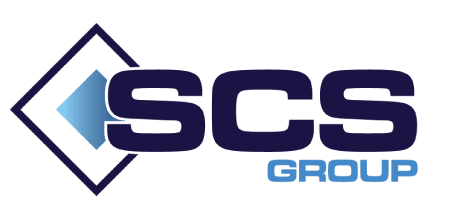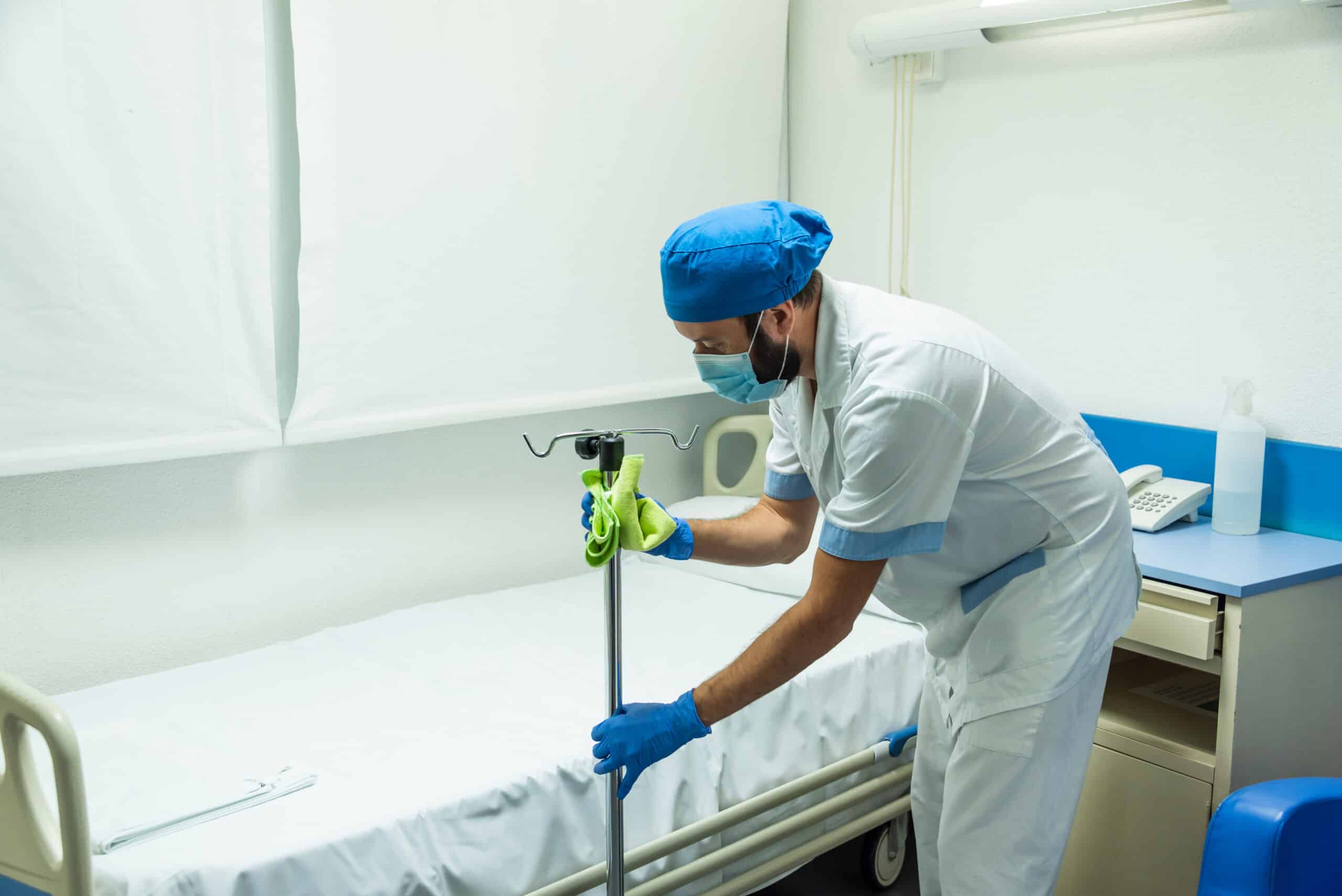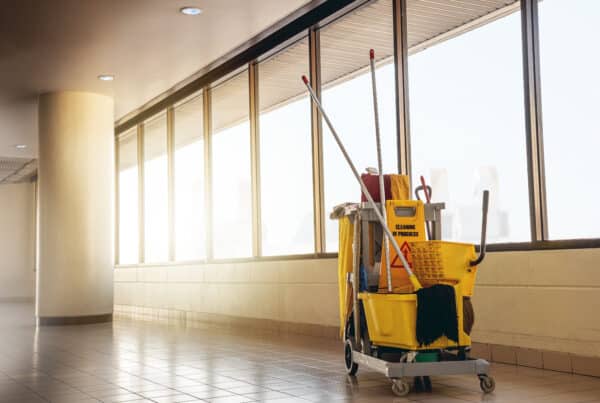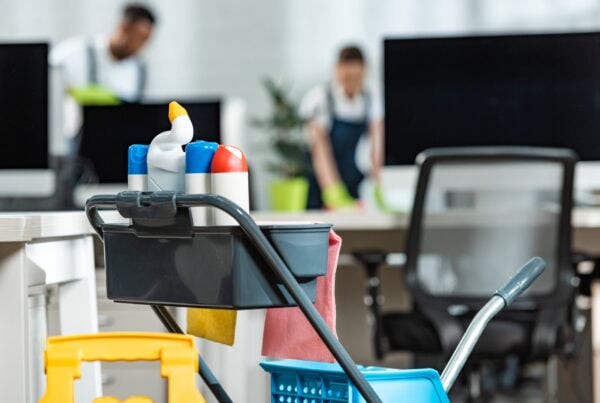Maintaining a clean and sanitized environment is of utmost importance in medical centers to ensure the safety and well-being of patients. The role of medical center cleaning goes beyond surface-level cleanliness; it plays a crucial role in preventing infections, reducing the spread of diseases, and creating a safe healthcare setting. In this blog, we will delve into the crucial role of medical center cleaning in ensuring patient safety and explore the key aspects that contribute to a clean and hygienic medical facility.
With the constant influx of patients, medical centers are susceptible to the presence and transmission of harmful pathogens. Proper cleaning and disinfection protocols are essential to minimize the risk of healthcare-associated infections (HAIs) and create a sterile environment conducive to healing and recovery. Medical center cleaning not only focuses on visible cleanliness but also encompasses targeted strategies to eliminate bacteria, viruses, and other contaminants that may pose a threat to patients, healthcare professionals, and visitors.
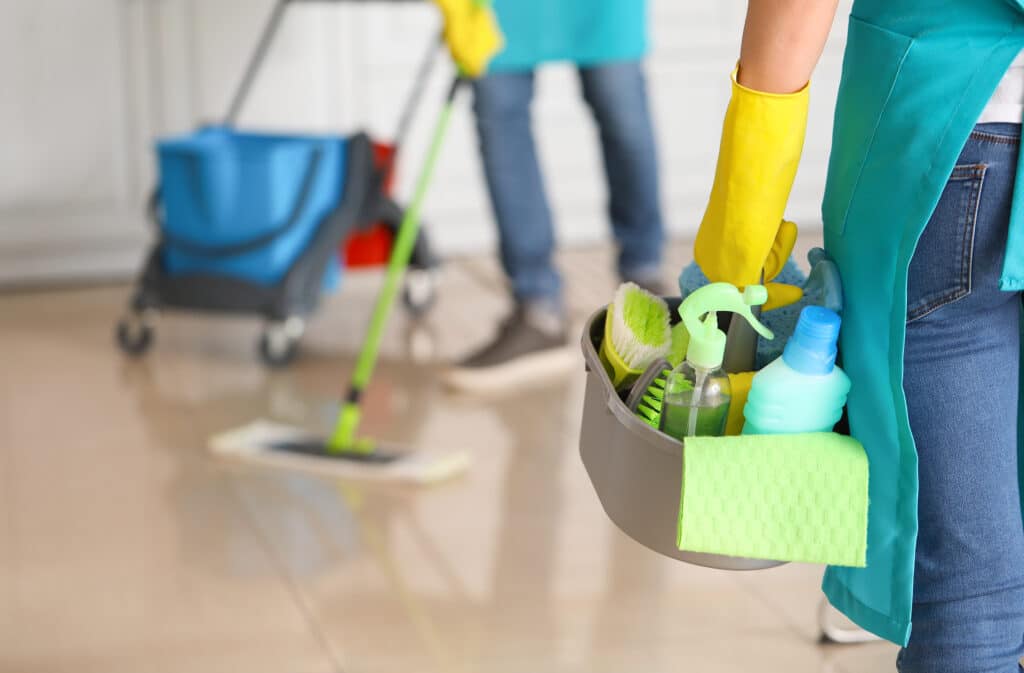
In this article, we will discuss the significance of medical center cleaning in patient safety, highlight the key areas that require thorough cleaning and disinfection, and explore the best practices and procedures that contribute to an effective cleaning regimen. By understanding the crucial role of medical center cleaning, we can appreciate its impact on reducing infections, enhancing patient outcomes, and promoting a safe and trusted healthcare environment.
Medical Office Cleaning: Importance of Clean and Hygienic
A clean and hygienic environment holds immense importance in various settings, especially in healthcare facilities. It plays a pivotal role in ensuring patient safety and well-being. A clean environment helps minimize the risk of healthcare-associated infections (HAIs) by reducing the presence of harmful pathogens. It instills confidence in patients, visitors, and healthcare staff, creating a sense of trust and reliability in the facility’s services.
Moreover, a clean environment promotes a positive healing atmosphere and contributes to faster patient recovery. By maintaining healthcare facilities cleanliness and hygiene standards, healthcare facilities prioritize the health and safety of their occupants, ultimately improving the overall quality of care provided.
Preventing Healthcare-Associated Infections (HAIs)
Preventing healthcare-associated infections (HAIs) is a critical objective in healthcare facilities. HAIs pose significant risks to patients, prolong hospital stays, and increase healthcare costs. A key strategy in combating HAIs is maintaining a clean and hygienic environment. Effective Medical center cleaning and disinfection protocols target high-touch surfaces, medical equipment, and patient care areas to eliminate pathogens and reduce the risk of transmission. Rigorous adherence to hand hygiene practices by healthcare workers further minimizes the spread of infections.
Implementation of infection control measures, such as proper waste management and isolation procedures, creates barriers to prevent the transmission of pathogens. By prioritizing the prevention of HAIs through comprehensive medical center cleaning and infection control strategies, healthcare facilities can enhance patient safety, improve outcomes, and promote a healthier environment for all.
Hospital Cleaning: Minimizing the Spread of Pathogens
Minimizing the spread of pathogens is a crucial objective in healthcare facilities to ensure patient safety. Pathogens, including bacteria, viruses, and fungi, can easily transmit from person to person or through contaminated surfaces. To mitigate this risk, healthcare facilities employ rigorous medical center cleaning and disinfection practices. High-touch surfaces, such as doorknobs, handrails, and medical equipment, receive special attention to prevent the accumulation and transfer of pathogens. Regular hospital cleaning, coupled with disinfection protocols, effectively reduces the microbial load and minimizes the chances of transmission. Additionally, promoting proper hand hygiene among healthcare workers and visitors is vital in preventing the spread of pathogens. By minimizing the spread of pathogens, healthcare facilities create a safer environment, protect vulnerable patients, and contribute to overall public health.
| Related Read: How the integration of Internet of Things (IoT) technology is revolutionizing commercial cleaning. |
Medical Center Cleaning : Enhancing Patient Recovery and Well-being
Enhancing patient recovery and well-being is a primary objective in healthcare facilities. A clean and well-maintained environment plays a crucial role in achieving this goal. By ensuring a hygienic and organized setting, healthcare facilities contribute to a positive patient experience and foster a sense of comfort and security. A clean environment not only reduces the risk of healthcare-associated infections but also promotes faster healing and recovery. It alleviates patient stress and anxiety, creating a conducive atmosphere for optimal well-being. Moreover, a well-maintained environment positively impacts the emotional and mental state of patients, promoting a sense of positivity and hope during their healthcare journey. By prioritizing the enhancement of patient recovery and well-being, healthcare facilities demonstrate their commitment to providing comprehensive care and supporting positive patient outcomes.
The Role of Cleaning Protocols and Procedures
Cleaning protocols and procedures play a crucial role in maintaining cleanliness and hygiene in various settings, particularly in healthcare facilities. These protocols provide a systematic and standardized approach to medical center cleaning tasks, ensuring thorough and effective medical center cleaning practices. They outline the specific steps, methods, and frequency of medical center cleaning required for different areas and surfaces within the facility.
By following established protocols, medical center cleaner can efficiently remove dirt, debris, and pathogens, minimizing the risk of contamination and healthcare-associated infections (HAIs). Additionally, hospital cleaning protocols incorporate the use of appropriate professional cleaning agents and equipment, ensuring the effective removal of microorganisms. Regular training and adherence to these protocols promote consistency and quality in medical center cleaning practices, creating a safe and healthy environment for patients, staff, and visitors. The role of medical center cleaning protocols and procedures is essential in upholding cleanliness standards and maintaining optimal hygiene levels in healthcare settings.
Medical Center Cleaning Standards and Regulations in Healthcare Facilities
Medical Center Cleaning Standards and Regulations in Healthcare Facilities Cleaning standards and regulations in healthcare facilities are essential for ensuring a safe and hygienic environment. These professional cleaning standards provide guidelines and requirements that healthcare facilities must adhere to in order to maintain cleanliness and prevent the spread of infections. They cover a wide range of areas, including Medical center cleaning procedures, disinfection protocols, waste management, and maintenance practices. Compliance with these standards is crucial to minimize the risk of healthcare-associated infections (HAIs). Ensure the well-being of patients, staff, and visitors.
Medical center cleaning standards and regulations are typically established by regulatory bodies. As a matter of fact health organizations to set a baseline for cleanliness and hygiene. They outline specific expectations and procedures that healthcare facilities must follow. Including the use of approved cleaning agents, appropriate personal protective equipment (PPE), and regular monitoring and auditing of cleaning practices.
Hospital Cleaning: Effective Disinfection and Sanitization Practices
Effective disinfection and sanitization practices are crucial. By maintaining a safe and hygienic environment in various settings, particularly in healthcare facilities. These practices involve the use of appropriate disinfectants and sanitizers to eliminate pathogens and reduce the risk of infections. By targeting high-touch surfaces, medical equipment, and patient care areas. Effective disinfection practices help to break the chain of transmission and minimize the spread of harmful microorganisms. Healthcare facilities follow established protocols and guidelines to ensure proper disinfection techniques, contact times, and concentrations of disinfectants. Regular training and education programs for staff members enhance their understanding of effective disinfection practices. The importance of following recommended guidelines.
Training and Education for Medical Center Cleaners
Training and education for Medical center cleaners are vital for maintaining high standards of cleanliness and hygiene in various settings. Proper training equips cleaning staff with the knowledge and skills necessary to perform their duties effectively and efficiently. It ensures that they are aware of best practices, safety protocols, and the proper use of cleaning agents and equipment. By investing in the training and education of medical center cleaners. Organizations can ensure a competent and capable workforce that contributes to a clean and healthy environment for clients and customers.
| Related Read: The Role of Technology Hotel Cleaning Services |
The Impact of Medical Center Cleaning on Healthcare Reputation and Trust
The impact of cleaning on healthcare’s reputation and trust cannot be underestimated. A clean and well-maintained healthcare environment creates a positive impression on patients, visitors, and the wider community. It instills confidence in the quality of care provided and contributes to a positive perception of the healthcare facility.
By prioritizing thorough and effective medical center cleaning. Healthcare facilities can enhance their reputation, foster trust, and attract and retain patients. Maintaining a clean environment demonstrates a commitment to patient safety and quality care. Reinforcing the confidence that patients and the community have in the facility and its services.
Collaboration between Healthcare Providers and Commercial Cleaning Services in Sydney Like SCS Group Integrated Services
The partnership between healthcare providers and commercial cleaning services in Sydney has been revolutionized by SCS Group Integrated Services. This innovative collaboration aims to ensure a pristine and safe environment for patients, staff, and visitors alike.
SCS Group Integrated Services has emerged as a leading provider of comprehensive commercial cleaning solutions. Tailored to the unique needs of healthcare facilities. By combining their expertise in medical center cleaning with an in-depth understanding of the healthcare industry. SCS Group offers a holistic approach to maintaining high standards of cleanliness and hygiene.
The collaboration extends beyond routine cleaning tasks. SCS Group Integrated Services actively engages with healthcare providers to develop comprehensive medical center cleaning plans. Addressing specific needs, challenges, and areas of concern. This proactive approach ensures that the hospital cleaning services provided. Not only effective but also aligned with the healthcare facility’s goals and priorities.
